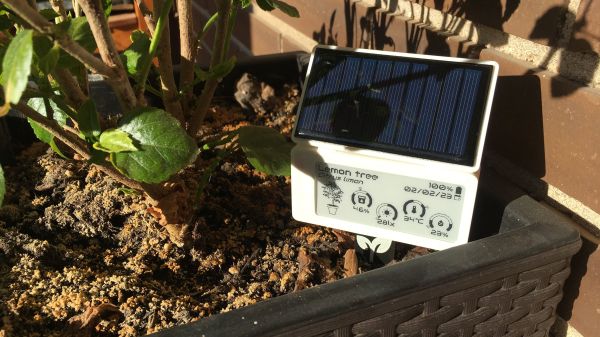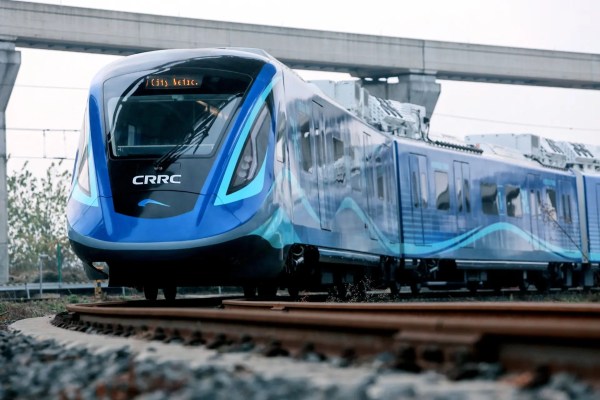As society transitions toward renewable energy sources, energy storage inevitably comes to mind. Researchers at the University of Illinois at Urbana-Champaign have found one way to store renewable energy that re-purposes existing fossil fuel infrastructure.
While geothermal electricity generation shows a lot of promise, it’s currently limited to a select few areas where hot rock is close to the Earth’s surface. Advanced Geothermal Energy Storage (AGES) stores energy underground as heat and recovers it later, even in places without high subsurface temperatures. For this study, the researchers located an old oil well and instrumented it with “flow meters, fiber optic
distributed temperature sensing (DTS) cable, surface pressure and temperature gauges, and downhole pressure and temperature gauges to monitor the thermal and hydraulic changes during the injection test.”
This field study found that AGES system efficiency could be as high as 82% and yield an “economically viable” levelized cost of electricity (LCOE) of $0.138/kWh. Using existing deep hole infrastructure speeds up site selection and deployment of AGES when compared to developing on an undisturbed location, making this a very interesting way to deploy grid-scale storage rapidly.
We’ve covered reusing fossil fuel infrastructure before as well as challenges and unusual solutions to the energy transition if you’re looking for more about what might be on a future smart grid.


















